Ephesus is an ancient Greek and Roman city. It was one of the most important and prosperous cities in the ancient world, known for its monumental architecture, thriving economy, and cultural significance. The Terrace Houses, also known as the Terrace Villas or the Houses of the Rich, are a prominent archaeological site within Ephesus that provides insights into the daily lives of the wealthy residents of the city.
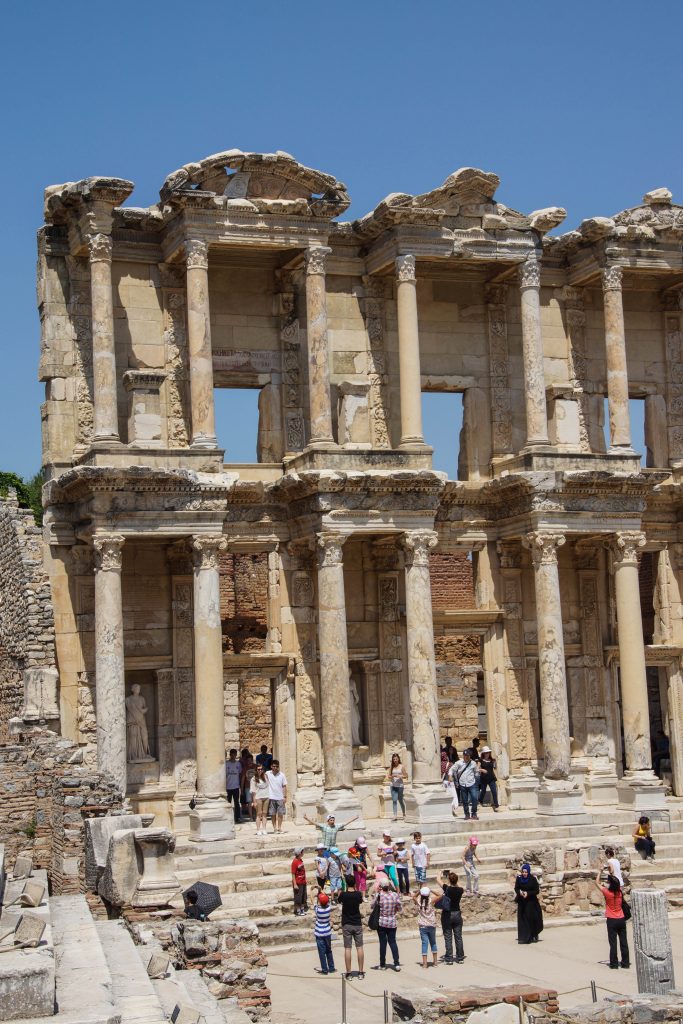
History of Ephesus:
Ephesus was founded in the 10th century BC by Ionian Greeks. The founding myth for Ephesus says the Delphi oracle told Andropolus to found a city where there were jumping fish and running pigs. After many travels, his boat had caught some fish and his party was cooking it ashore one night when one of the fish, not dead yet, leapt off the spit and into some bushes where it frightened a local pig who ran away. What better omen than that on which to found the major port of Asia Minor?
Over the centuries, it grew in prominence and became a major hub for trade, culture, and religion. It was known for its grand theater, the Library of Celsus. The city also played a significant role in early Christianity, as it is mentioned in the biblical Book of Revelation and was home to one of the Seven Churches of Revelation.
Our first stop is outside the city proper. The Temple of Artemis completed around 550 BCE. The temple, with more than 100 marble pillars each standing 56 feet tall, took 120 years to build and it earned the city the name ‘Servant of the Goddess.’. Today A single solitary pillar remains standing on the site,
Behind the temple are a Byzantine Basilica of St. John, author of the apocalyptic Book of Revelation, and a 7th c Seljuk castle, along with a later mosque. Quite a range of history to capture in one image.
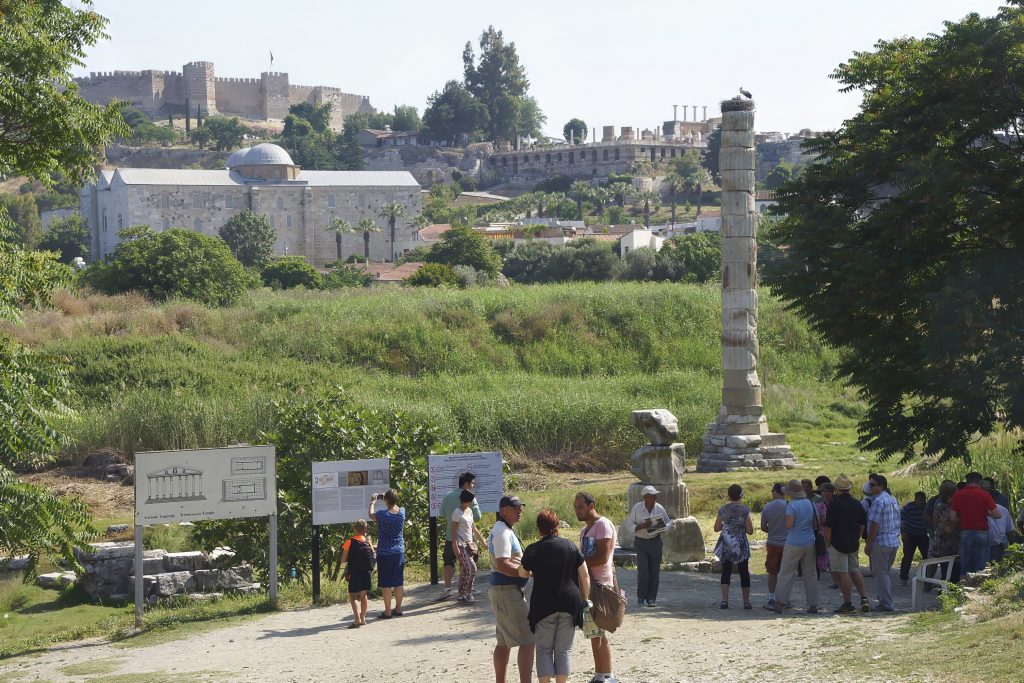
Under Roman rule, which began in the 2nd century BCE,
Ephesus continued to flourish. The city was a center of learning, philosophy, and culture. However, it faced various challenges, including earthquakes that caused significant damage. The city’s importance gradually declined over time due to shifts in trade routes and political changes. By the 7th century CE, Ephesus was largely abandoned due to a combination of factors, including declining trade and the silting up of its harbor.
On our tours, we reverse the standard tour as given in guides, ending at the theatre. This lets us make a slowly descending walk thru the ruins.
Terrace Houses
drape the hillside overlooking Curetes Street, one of the main thoroughfares of Ephesus. The houses are believed to have been occupied from the 1st century BCE to the 7th century CE..
Excavations at the Terrace Houses began in the 1960s and have continued over the years, revealing the layout of the houses, their ornate decorations, and various artifacts that shed light on the lives of their inhabitants. Over the last 20 years the site has improved the experience for tourists while protecting the archaeological project. A series of stairs and catwalks take you through the villas.
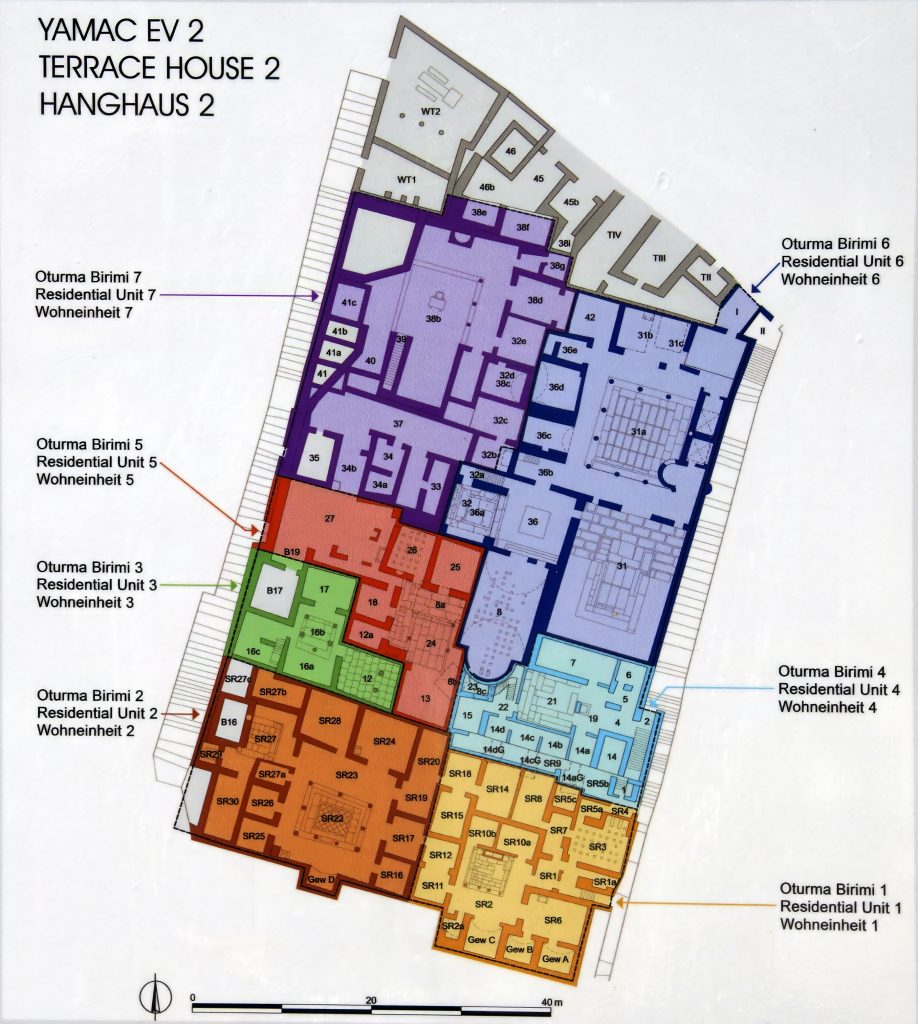
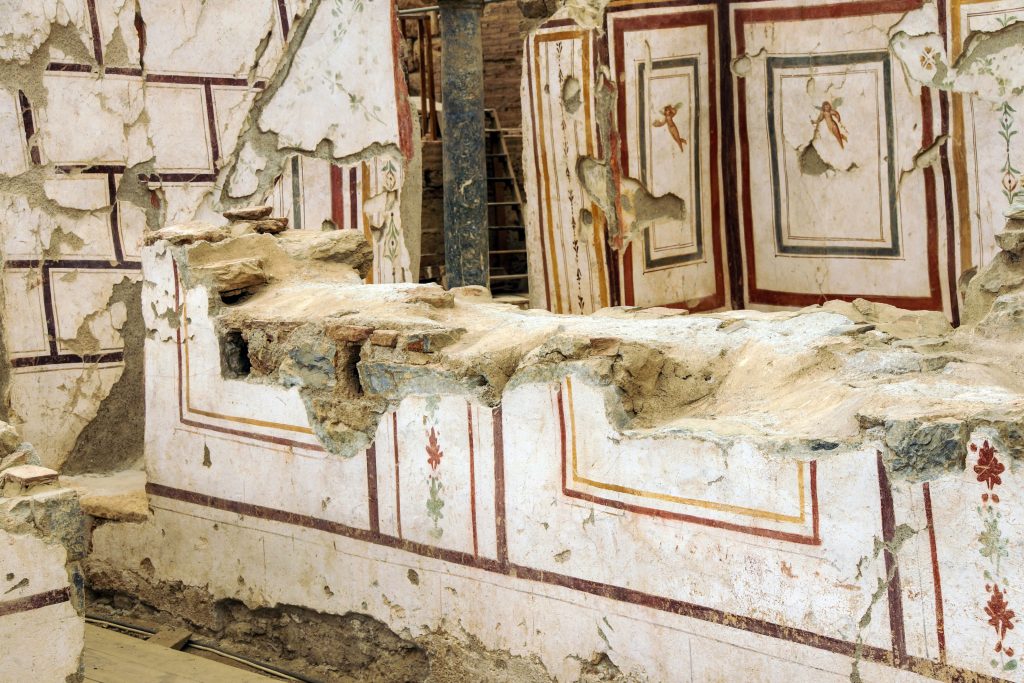
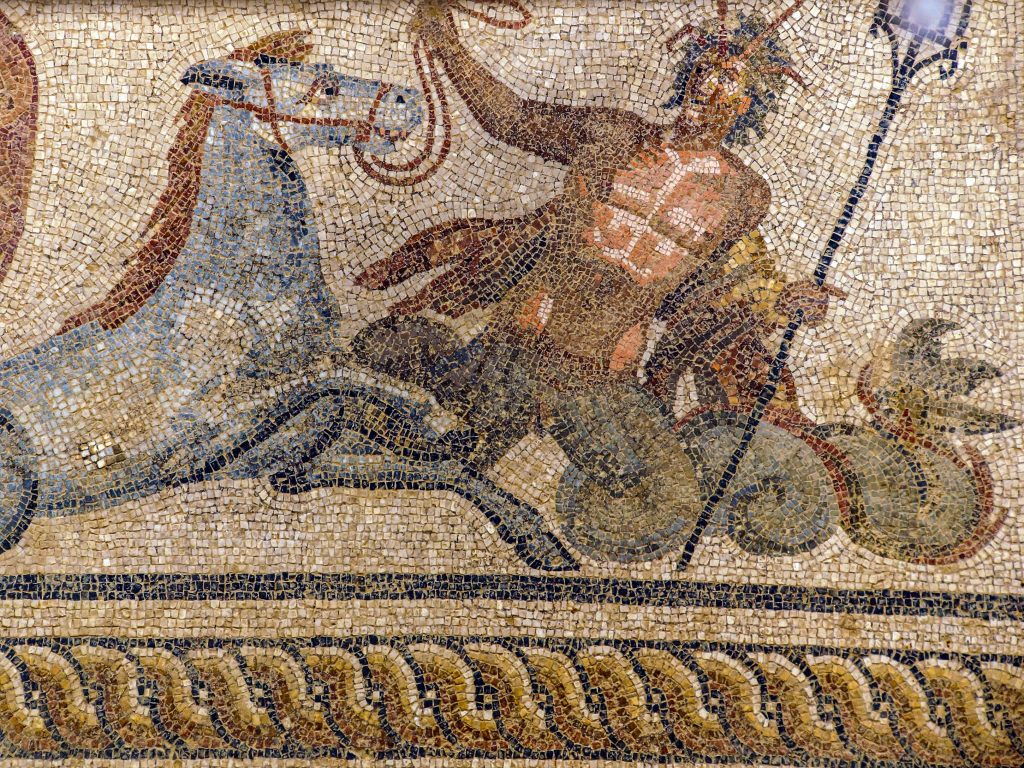
The ancient Ephesus 1% lived here. The mosaics and frescoes of these mansions are extremely well preserved. The earliest dwellings that have been discovered so far were built on two stories, dating to the first century BCE and even contained clay pipes beneath the floor for a heating system, hot and cold water, and heating. The homes were built in accordance with a city plan in which roadways connected at right angles.
The Library of Celsus is the iconic structure in Ephesus. Its stunning façade adorned with statues and intricate carvings is a testament to the city’s architectural and cultural achievements. This library once held over 12,000 scrolls and served as a symbol of knowledge and learning.
On Curetes Street, Marble Street and the Arcadian Way you’ll be surrounded by the remnants of the past, from well-preserved paving stones to the remnants of grand structures that once lined the roads. mosaics pavements line the sides of Curetes Street.
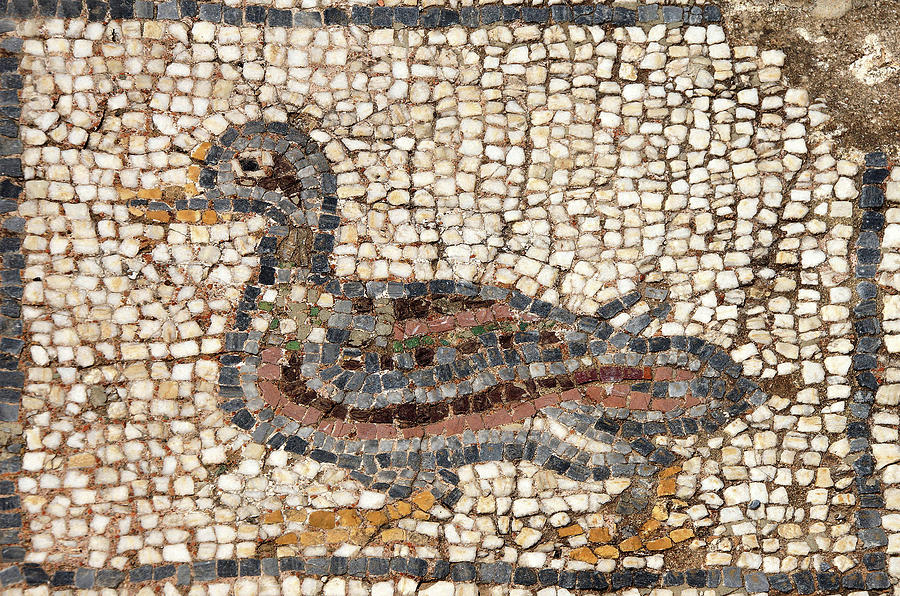
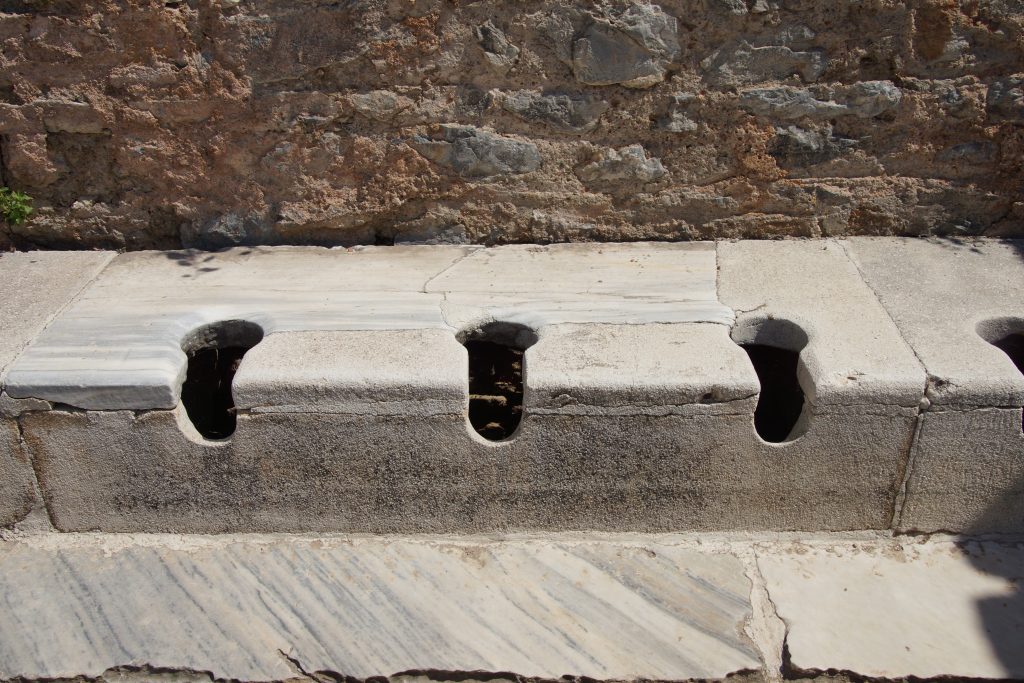
Along Curetes Street you’ll find public toilets – not noted in many guides, but a tourist favorite. Rows of marble seats line the walls while a niche shelters the string quartet who entertained its captive audience.
The Agora (marketplace) was the heart of the city’s commercial and social life. It’s a great place to explore and imagine what daily life was like in ancient Ephesus.
The Odeon is a small theater-like structure used for meetings, concerts, and other gatherings. Its well-preserved state gives visitors a glimpse into the city’s civic activities.
Hadrian’s Temple showcases the architectural prowess of Ephesus during the Roman period.
The Grand Theater ends our tour with a welcome chance to sit while we learn about the theatre. This is one of the most impressive ancient theaters in the world. With a seating capacity of around 25,000 people, this theater was the venue for various performances and events, including gladiator contests and theatrical plays.
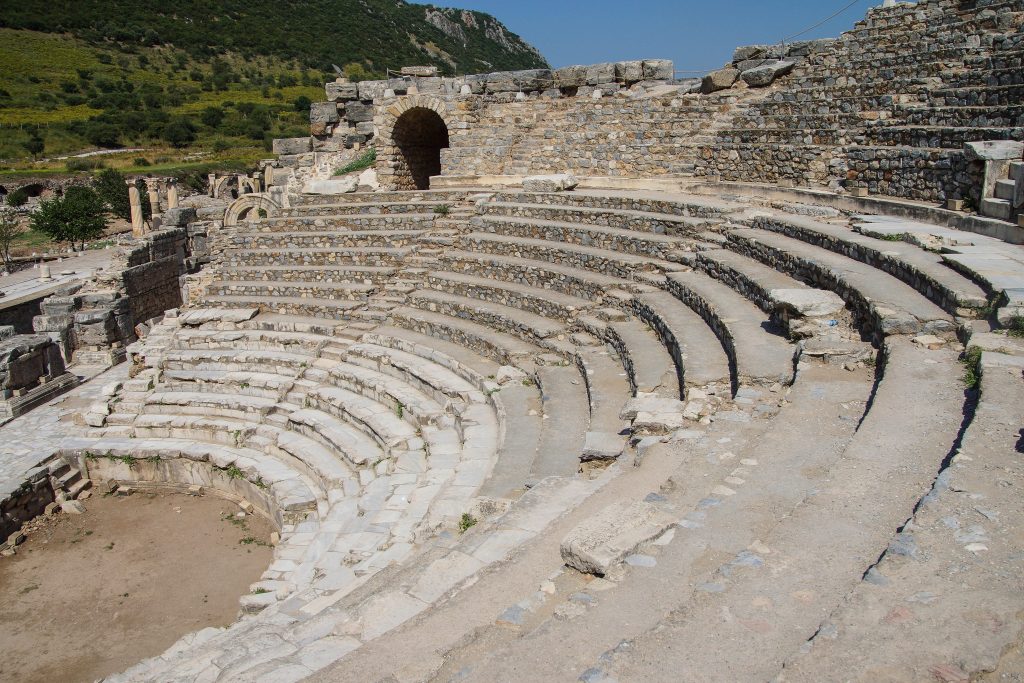
Many finds from the excavations are housed in the Archaeological Museum of Ephesus in the nearby city of Selcuk
Şirince is a small village,
known for its charming and picturesque setting, as well as its historical significance. The village sits on a hillside surrounded by vineyards and orchards, offering stunning views of the surrounding countryside. It’s characterized by its well-preserved Ottoman and Greek-style architecture. Many of the buildings date back to the 19th century and add to the village’s unique atmosphere.
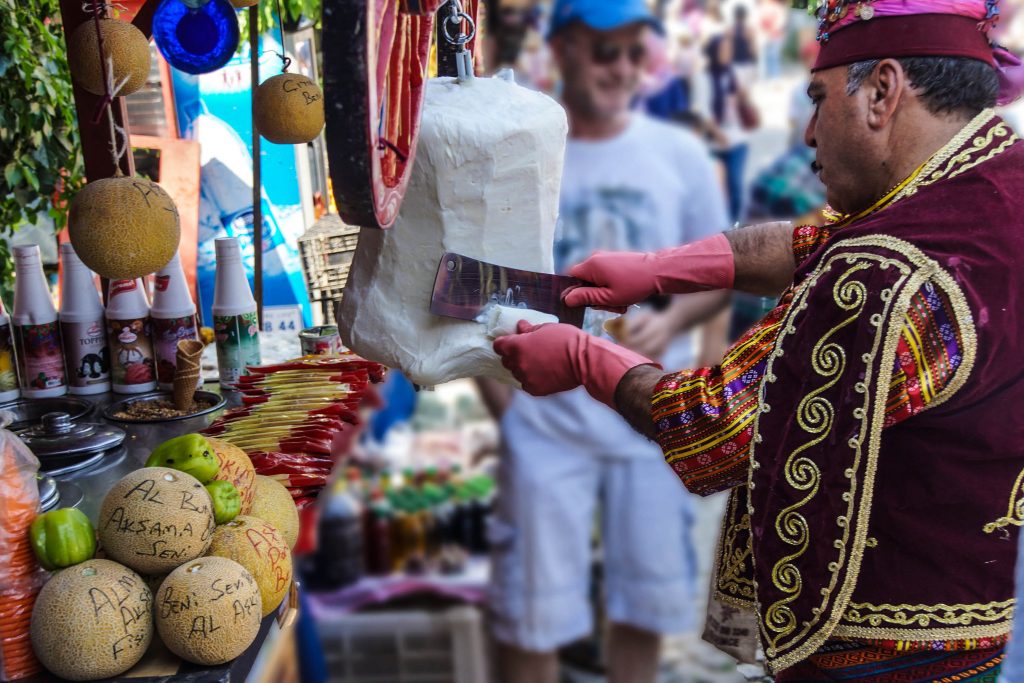
Şirince is famous for its local products, including wines, olive oil, and handmade crafts. The narrow, cobbled streets are lined with traditional houses, shops, and cafes. The village has a relaxed and inviting ambiance where visitors can enjoy al fresco dining after a arduous round of bargaining.
A pleasant surprise awaits at the Cetin Folk Art Museum

a wonderful collection of exhibits by a retired teacher, Ayhan Cetin, who, with his wife, made over 600 dolls from papier mache, and created scenes from life in a village of his childhood. Harvest, summer grazing, wedding, town scenes, etc,. ending with a series of scenes from tales of Hodja. We have made this a must-see stop for our itineraries near Ephesus.
| Journal entry: 21 May May 21 Tuesday (Day 7) – Hike downhill to the ancient city of Ephesus. Originally a commercial center of the ancient world, Ephesus was built on a natural harbor at the mouth of a river, but over the centuries the river has silted up. The city’s wealth and patronage supported its splendid architectural program, including one of the 7 Wonders of the World – Temple of Artemis. Today the temple is gone, but the ruins still include a theater, gymnasium, agora and baths, as well as the Library of Celsus, one of the 3 largest in the ancient world. Visit Srince. Dinner and overnight in Selcuk. Supposedly a shorter day, we estimated we’d be back at the hotel by 2:30, but the walk to Sirince from Ephesus took longer than expected, and we arrived there for lunch after 2:30, with a pottery shop and the folk museum still to come. Got back to hotel at about 7, and never did get down to the beach this time. Happened to be reading Freya Stark’s description of her explorations in Lycia in the 1950s “We could follow the route by the lake and just do it; and Araxa, a mere nothing on the map, could be glanced at in the morning as one passed. This was my mistake, for no temptation should ever persuade one, anywhere in the Levant, to try to do more than one thing in one day” |
Download royalty-free images of Ephesus
Order prints, greeting cards, clothing, and other merchandise
Our latest small group tours
Turkey Travel blog